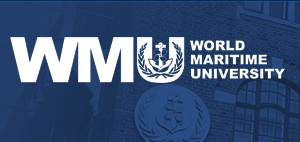Date of Award
2025
Document Type
Thesis
Degree Name
Doctor of Philosophy in Maritime Affairs
Specialization
Ph.D (Maritime Affairs)
Campus
Malmö, Sweden
First Advisor
Raphael Baumler
Second Advisor
Dimitrios Dalaklis
Abstract
Global warming severely affects the Arctic region, including ice coverage and thickness. In contrast, it allows unprecedented navigation opportunities for more extended periods each year, attracting maritime stakeholders because of the potential distance reduction compared to shipping corridor routes. However, mitigating Arctic navigation hazards requires safety investments, especially from shipowners and Arctic coastal states. When allocating limited resources to safety, decision-makers should efficiently prioritize their investments. This research aims to determine how to optimize shipping companies and Arctic coastal states’ safety investments. It begins with a comprehensive analysis of safety investments and safety economic benefits in Arctic shipping. Then, an extensive literature allows to identify and classify investments and benefits. The prioritization of safety investments is based on a multi-attribute decision-making methodology, the Fuzzy Analytic Hierarchy Process (FAHP). Subsequently, this research applies the Data Envelopment Analysis (DEA) to assess the safety input-output efficiency for shipping companies and Arctic coastal states. It measures the efficiency of safety investment in terms of economic benefits contributed and helps managers optimize resource allocation. The affirmative conclusions of this study are that the Arctic coastal states should establish modern infrastructure in the Arctic and advanced icebreaker fleets, while ship operators must invest in their personnel and new technologies, particularly training and ice monitoring technology. In addition, developing weather forecasting and strengthening Arctic seafaring expertise are also the most critical future investments required in the region. The findings in this study provide valuable insights into future safety investments and practical tools for decision-makers to invest in Arctic shipping safety.

